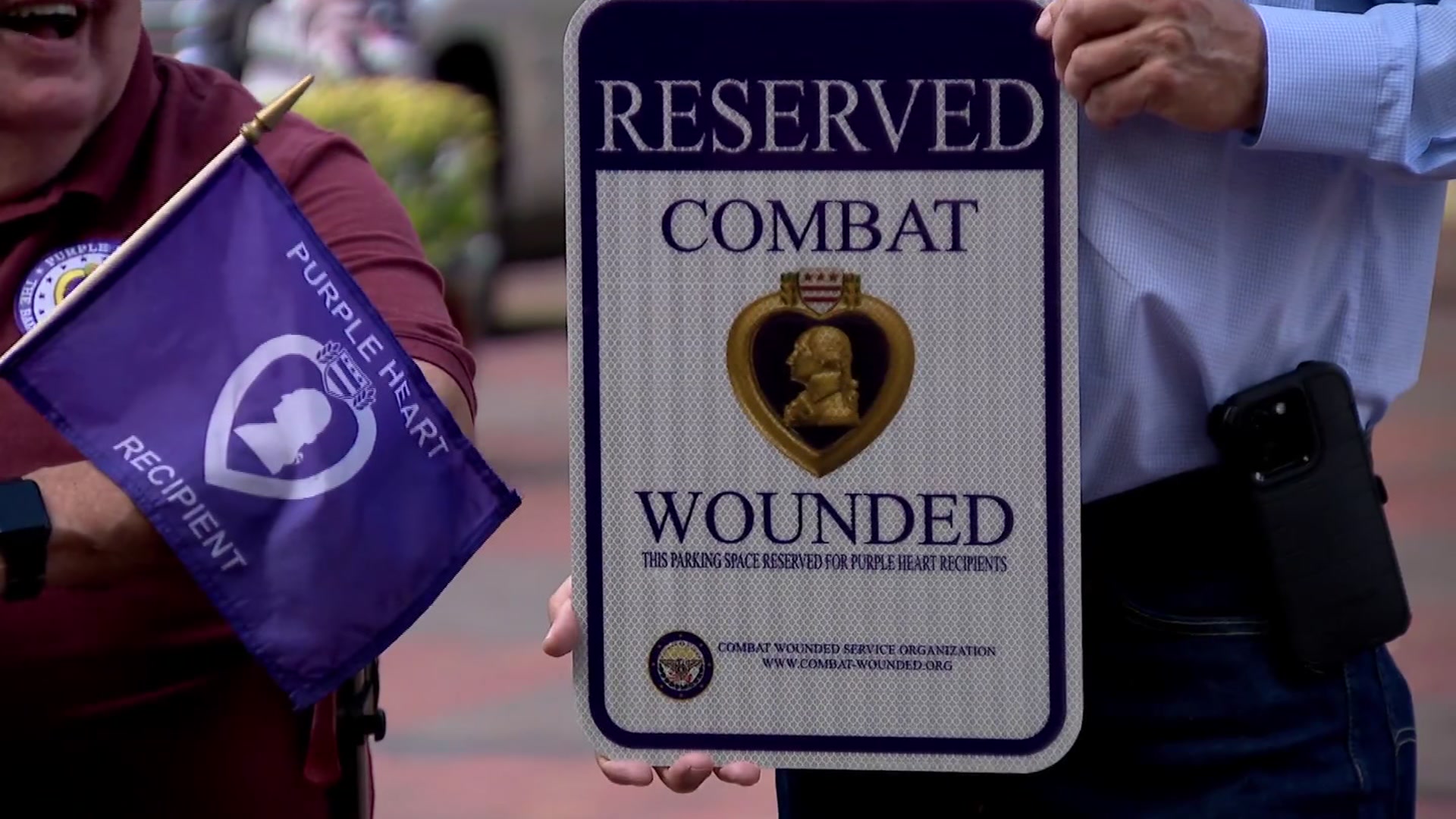
The mosquito-borne Zika virus has been making headlines, but a woman recently bitten by a Kissing Bug spurs a warning for another tropical disease that poses a threat in North Texas.
Emily Arnold woke up one November morning in her Bosque County home with a horrible bug bite on her nose.
“I woke up and my nose was swollen and I had a big bump on my nose,” recalled Arnold.
Her doctor thought it was a spider bite, but then Emily’s grandmother mentioned she had seen a series of reports on NBC 5 about Kissing Bugs.
So Arnold checked her house and bedroom and found a Kissing Bug dead on the window sill right above her bed.
Local
The latest news from around North Texas.
“Sure enough I found a Kissing Bug. It was dead at that point,” said Arnold.
Last fall, NBC 5 Investigates teamed up with The Dallas Morning News to investigate a hidden threat involving the Kissing Bug -- an insect believed to have infected at least a dozen people in Texas with a dangerous parasite that causes Chagas disease.
More than half of Kissing Bugs found and tested in Texas were carrying the parasite.
Initial symptoms of infection are flu-like, yet so mild that many people don’t know they’re sick. If not treated properly, the parasite can cause heart failure and death if not treated in time.
In Latin America, from where the disease is believed to have migrated, millions of people are infected with Chagas disease according to the U.S. Centers fro Disease Control and Prevention or CDC.
Kissing Bug Occurrences in Texas
Explore the locations and seasonality of kissing bugs in Texas. Map courtesy of Texas A&M University.
"I was scared and I was surprised that it wasn’t talked about more and that I never heard of it before," said Arnold.
A state health department expert told Arnold to send the bug to a lab at the Baylor School of Medicine in Houston.
The bug was tested and, luckily for Arnold, tested negative for the parasite. But doctors still want to test Arnold to make sure she’s OK. Kissing Bugs are sometimes found in groups and it’s possible she may have been bitten by others than the one she found in her bedroom.
"So I am looking in the near future getting my blood tested for the Chagas disease," said Arnold.
Hidden Threat: Identifying Kissing Bugs
The whole experience has left Arnold wondering why the state and federal government aren’t talking more about the dangers.
NBC 5 Investigates found some of the Chagas disease literature from the CDC doesn’t even mention a person can get the disease from Kissing Bugs here in Texas.
Kissing bugs are thought to be more common around Austin and San Antonio. But the bite Arnold suffered is a reminder that the bugs can be found across the state.
“We don’t want to cause mass hysteria or panic or anything, but I think that everybody should be educated to know what’s out there,” said Arnold.
The CDC has funded one new Chagas education project in Texas.
"I think it’s an urgent issue, but I also think it’s going to take a long time," said Paula Stigler-Granados, a researcher at The University of Texas Health Science Center at Houston.
She’s leading a new Texas Chagas Task Force, but the group’s first mission is teaching doctors, not ordinary people, because many doctors are also unaware.
“I think it’s incredibly important to change the perception because we do have it here and the potential for people to have it here is probably greater than we think,” said Stigler-Granados.
Stigler-Granados thinks more should be done to educate Texans about the bugs and disease.
When NBC 5 Investigates asked the CDC what more can be done, they said that’s mostly a question for the Texas State Health Department.
“Getting the message out to people on the ground in Texas is best done by the state,” said top CDC official, Dr. Sue Montgomery.
The state would like to do more but said Chagas is just one on a long list of diseases.
“It’s vying for resource with measles outbreaks, with influenza season. It’s vying for all those resources,” said State Public Health Veterinarian with the Texas Department of State Health Services, Tom Sidwa.
Emily Arnold has learned there are many things health officials can teach people to protect themselves like clearing brush and wood away from the house where the bugs can hide and sealing up cracks where they can get in.
Even if Texans aren't hearing those warning messages from the government, Arnold said the messages are ones people need to hear.
"I’m just telling my coworkers and my friends to be more proactive and be on the lookout for this bug," said Arnold.
The kissing bug that Arnold found in her bedroom is a species known as Triatoma Sanguisuga that's found more often in fall and winter. Other species of kissing bugs are seen more commonly from April to September.



